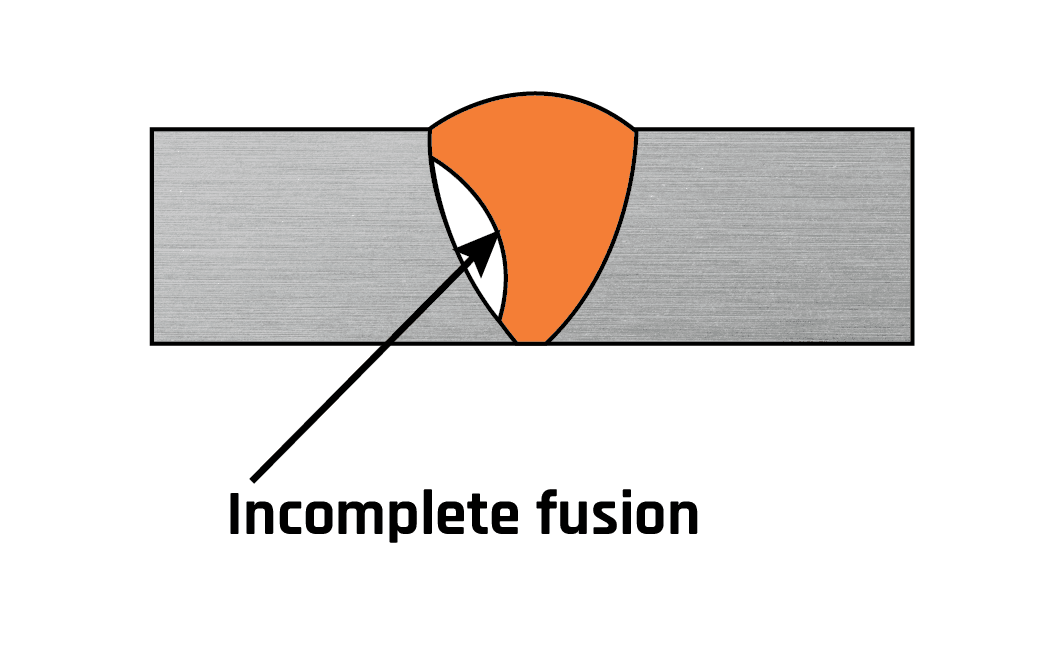Preventing Weld Undercut Made Easy: Key Techniques Unveiled
Preventing Weld Undercut Made Easy: Key Techniques Unveiled
Blog Article
Grasping the Art of Welding: Exactly How to Avoid Undercut Welding Issues for Flawless Construction Outcomes
Effectiveness and accuracy are vital worldwide of welding, where also the slightest flaw can endanger the structural integrity of a made piece. One typical obstacle that welders face is undercutting, a defect that can lead and weaken a weld joint to pricey rework. By comprehending the origin of undercut welding and implementing reliable methods to stop it, welders can raise their craft to new levels of quality (Preventing weld undercut). In the quest of remarkable construction outcomes, grasping the art of welding to prevent undercut issues is not simply a skill yet a necessity for those pursuing excellence in their job.
Recognizing Undercut Welding

To prevent undercut welding, welders need to make sure appropriate welding criteria, such as adjusting the present, voltage, traveling speed, and keeping the right electrode angle. Additionally, utilizing the ideal welding technique for the details joint configuration is essential. Utilizing weaving motions or backstepping methods can help ensure proper weld metal deposition and reduce the chance of undercut development. Routine evaluation of welds during and after the welding process is also vital to capture any undercut early and make needed changes to avoid additional flaws. Preventing weld undercut. By understanding the sources of undercut welding and applying safety nets, welders can accomplish high-grade, structurally sound welds.
Reasons For Undercut in Welding
Understanding the elements that contribute to damage in welding is essential for welders to generate premium, structurally audio welds. When the weld steel does not properly fill the groove formed in between the base metal and the previously transferred weld steel, damaging takes place. A number of elements can lead to damage in welding. One usual reason is extreme heat input. Welding at high temperature levels for extensive periods can lead to the base metal melting greater than desired, leading to damage. Poor welding existing or inaccurate welding speed can additionally add to damage. Insufficient current might not supply enough warmth to melt the base and filler steels appropriately, while extreme rate can stop proper blend, creating undercut. Furthermore, improper electrode angles or incorrect torch manipulation techniques can create locations of reduced weld steel deposition, promoting undercut. Comprehending these reasons and carrying out appropriate welding methods can help stop damaging problems, guaranteeing long lasting and strong welds.
Strategies to stop Undercutting

To reduce the danger of damaging in welding, welders can employ strategic welding methods find more aimed at boosting the quality and stability of the weld joints. Additionally, using the appropriate welding technique for the certain joint arrangement, such as weave or stringer grains, can add to lowering undercutting.
Using back-step welding strategies and managing the weld bead profile can additionally aid distribute warmth equally and lessen the risk of undercut. Regular evaluation of the weld joint during and after welding, as well as applying top quality assurance measures, can assist in addressing and discovering damaging issues quickly.
Significance of Correct Welding Parameters
Picking and preserving proper welding criteria is essential for accomplishing effective welds with minimal defects. Welding criteria refer to variables such as voltage, existing, take a trip rate, electrode angle, and securing gas flow rate that directly impact the welding procedure. These parameters should be meticulously adjusted based upon the kind of material being bonded, its thickness, and the welding strategy used.
Proper welding specifications make sure the correct amount of warmth is applied to melt the base metals and filler material uniformly. If the parameters are established too expensive, it can bring about too much warmth input, creating spatter, distortion, or burn-through. On the various other hand, if the specifications are too low, insufficient blend, lack of penetration, or undercutting may happen.
Quality Control in Welding Procedures

Final Thought
To conclude, mastering the art of welding navigate to this website calls for pop over here a detailed understanding of undercut welding, its reasons, and strategies to stop it. By ensuring correct welding specifications and implementing quality control techniques, perfect manufacture results can be achieved. It is necessary for welders to regularly make every effort for excellence in their welding procedures to avoid undercut concerns and produce high-grade welds.
Undercut welding, a typical defect in welding processes, takes place when the weld metal does not correctly load the groove and leaves a groove or depression along the welded joint.To protect against undercut welding, welders ought to make certain appropriate welding criteria, such as adjusting the present, voltage, travel rate, and maintaining the right electrode angle. Inadequate welding incorrect or current welding rate can additionally contribute to undercut.To minimize the risk of undercutting in welding, welders can use calculated welding strategies aimed at enhancing the high quality and honesty of the weld joints.In conclusion, understanding the art of welding requires a complete understanding of undercut welding, its causes, and strategies to stop it.
Report this page